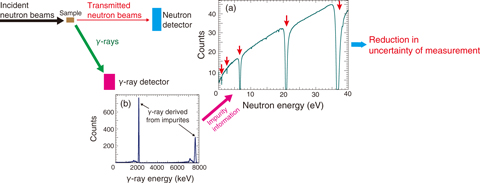
Fig.4-5 A conceptual view of the NRD measurement

Fig.4-6 Results of the NRD-demonstration experiment
Recently, it has become important to determine the quantity of nuclear materials (NMs; namely uranium and plutonium) in nuclear fuel using a non-destructive-assay (NDA) technique. One particular unresolved problem is the accurate quantification of NMs in the fuel debris produced by severe accidents such as that at the TEPCO’s Fukushima Daiichi NPS. To overcome this problem, we have developed a new NDA technique for neutron-resonance densitometry (NRD) in collaboration with the European Commission - Joint Research Centre (EC-JRC).
To quantify the NMs in a sample, NRD combines measurements of both neutrons and γ-rays utilizing pulsed neutron beams. Neutrons at specific energies tend to be drastically absorbed by a nucleus. Such a neutron resonance absorption causes dips in the energy spectrum measured by a neutron detector, as shown in Fig.4-5. The specific energy of a dip and its depth enable us to identify and quantify NMs; this technique is called neutron-resonance-transmission analysis (NRTA). However, it is expected that fuel debris will contain not only NMs but also impurities such as structural materials (e.g., stainless steel) and strong neutron absorbers (e.g., boron derived from control rods). Impurities that cannot be measured with NRTA complicate the accurate quantification of NMs. Therefore, the isotopic identification of such impurities is performed via measurement of γ-rays that are emitted when an impurity absorbs a neutron, and it is useful to reduce the uncertainty of the NM quantification by allowing us to evaluate the impact of contaminants upon a neutron-energy spectrum measured with NRTA.
In March 2015, an NRD-demonstration experiment was conducted at EC-JRC. Various samples were prepared for the experiment to simulate NMs, structural materials, and control rods. The experiment was performed blind by allowing a third party (including an IAEA official) to select several of prepared samples and seal them in Al boxes. As shown in Fig.4-6, the NRTA measurement confirmed that the simulated NMs of tungsten (W), niobium (Nb), and rhodium (Rh) were present in the sealed sample box. The γ-ray measurement also proved the presence of nickel (Ni) as a representative of the structural materials. Consequently, this demonstration experiment determined the amount of simulated NMs to an accuracy of 2% or better.
This research was partly supported by the Ministry of Education, Culture, Sports, Science and Technology of Japan (MEXT) and given the award for technical development by the 48th Atomic Energy Society of Japan. As a next step, we are currently tackling the development of a technique that is applicable to measurements of NMs in spent and reprocessed fuels.